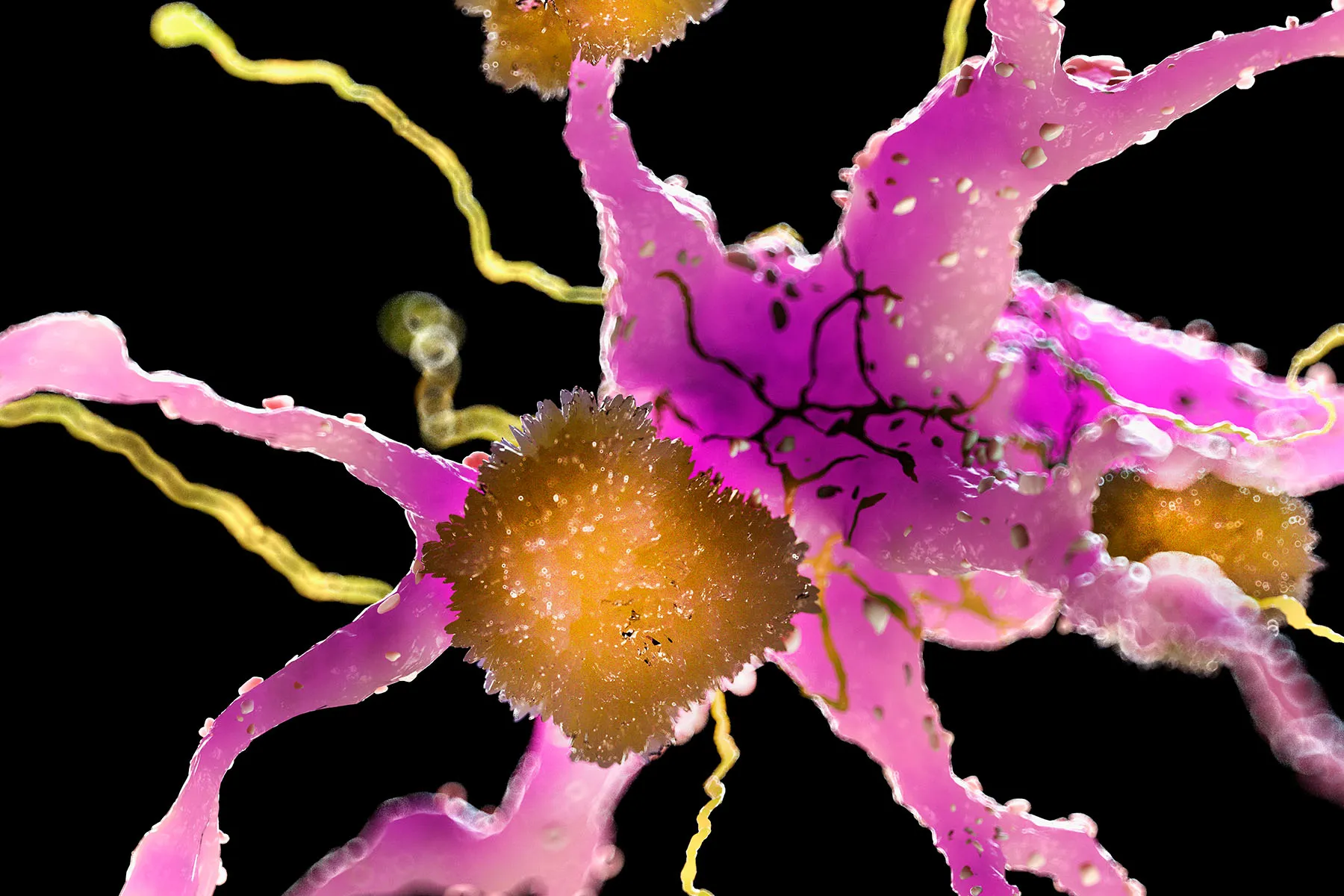Child Pregnancies and America’s New Anti-Abortion Regime
The 10-year-old Ohio girl who made headlines when she traveled to another state to get an abortion after being raped isn’t alone. Pregnancies among elementary school girls are far more common than the public realizes.

The 10-year-old Ohio girl who made headlines recently over her trip to another state to get an abortion after being raped, isn’t alone. Pregnancies among elementary school girls are far more common than the public realizes.
In late 2021, staffers at The Dallas Children’s Advocacy Center in Texas said they had recently helped “pregnant rape victims as young as 9 years old.” In just one month, according to the staffers, “…seven pregnant 12-year girls” and their caregivers contacted the Center for help.
They added it was the same “with a lot of 10-year-olds and even more 11-and 12-year-olds…”
Pregnant girls from 10 to 14 “face a higher risk of complications and death…,“ according to the World Health Organization.
A 10-year-old weighs 70 to 100 pounds on average. At term, a fetus measures “just over 20 inches,” but can range up to 22 inches,” and “weigh up to 10 pounds.” By then, it’s the size of a basketball, beachball or even a bowling ball.
Damage to a 10-year-old girl’s body starts at conception when the placenta begins diverting nutrition from “the mother” (who is also a child) to the fetus and puts a “major strain” on her cardiovascular system since pregnancy sends 50% more blood circulating through the body.
During childbirth, in some African countries, girls can labor for days and die.
The pelvis of a young girl isn’t wide enough to deliver a baby. It can easily get stuck in her vagina. Its skull mashes the child’s vaginal tissue against her pelvic bone, killing the tissue.
That leaves a hole called a fistula. Feces and urine then leak through the vagina. Pregnancy can also cause long term postpartum health problems even among healthy adults.
Why Children Get Pregnant So Young
In 2014, a Penn State University study found that over a century ago, in 1860, American girls didn’t reach puberty until they were almost 17 years old. By 1920, the age had fallen to 14.6. In the 1950s, it reached a new low of 12.5 years.
The Penn State article, “Growing Older Sooner,” also noted the age of puberty was still “rapidly declining” worldwide.
In 2018, a similar article cited reasons why girls (and boys) are reaching puberty so young. The factors include climate change. Hotter climates keep children indoors.
Inactivity reduces muscle development, which reduces the amount of melatonin in the body, triggering it “to move into puberty.” Synthetic chemicals and chemical pollutants were also cited.
In 2020, the National Library of Medicine published a review of the “potential for climate change to impact women’s health.” It also noted the average age of puberty at “12-years-old, had been falling in recent years.”
Child Abuse Laws Don’t Help Pregnant Girls
Nationwide, states have child abuse laws to protect children from neglect, physical abuse, sexual abuse, sexual exploitation or emotional and mental injury.
So far, in many states that ban abortion, these laws aren’t being used to save children from forced pregnancies that can cause physical, emotional and mental injuries.

Jodie Sinclair
Change, if any, may not come soon.
By July 13, 2022, 13 states had banned or severely restricted abortions and at least 26 others were expected to follow suit, according to The Guttmacher Institute.
Jodie Sinclair is a former TV news reporter and co-author of two nationally published books about the criminal justice system, written with her husband, a former Louisiana inmate, and the author of a recently released memoir.

 Landwebs
Landwebs 




















